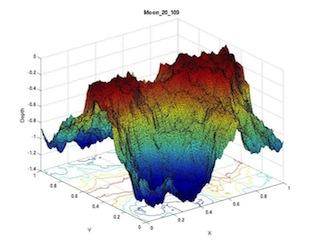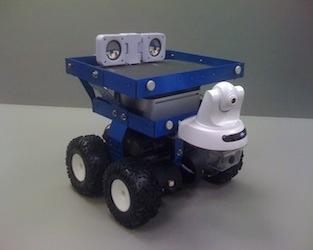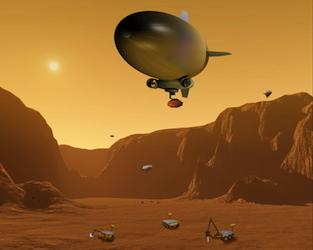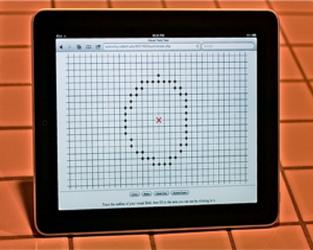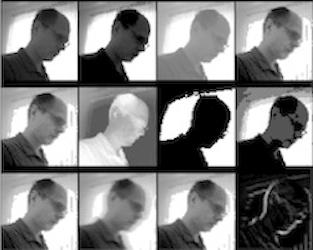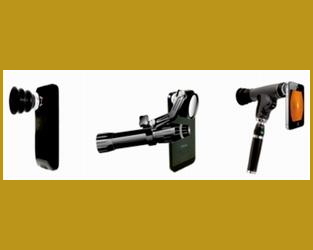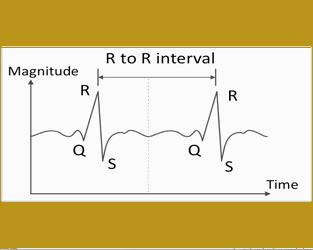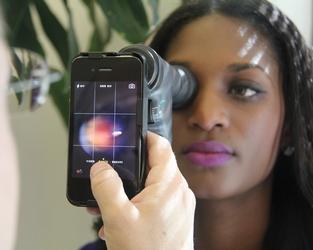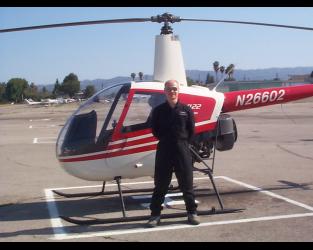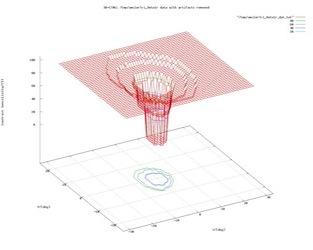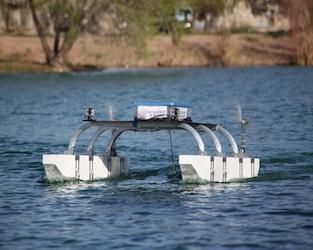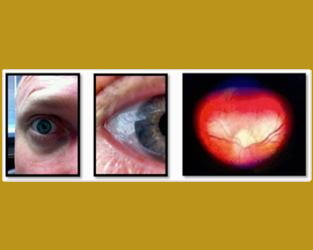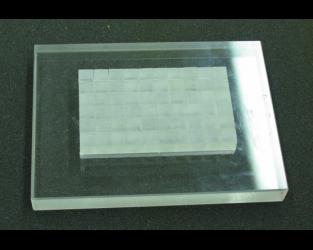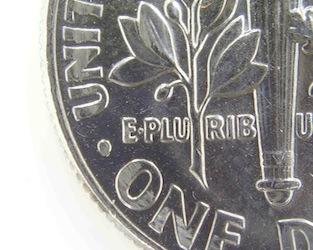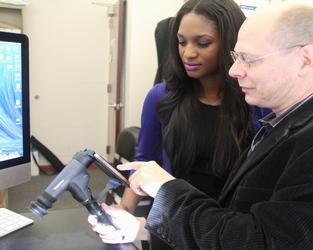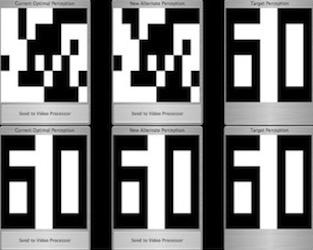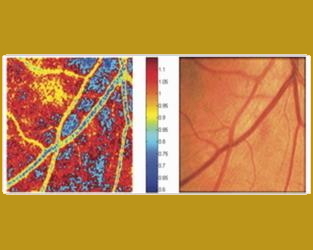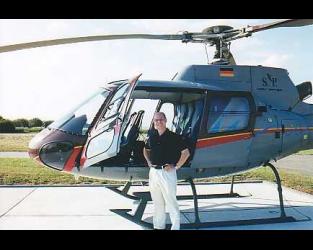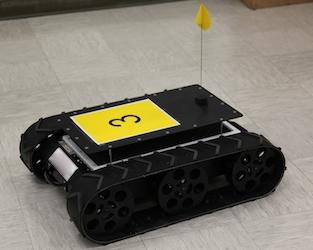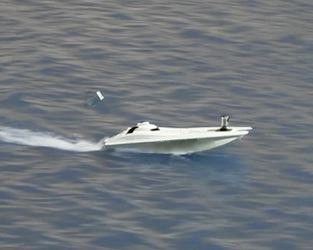Victor R. Baker is Regents' Professor of the University of Arizona in the Departments of Hydrology and Water Resources, Planetary Sciences and Geosciences. He has more than 35 years experience in planetary science research, particularly in geological studies of Mars and Venus. He also has had long experience with interpretive studies of terrestrial remote sensing, especially in regard to his specialties in fluvial geomorphology and flood hydrology. Dr. Baker is a Fellow of the American Geophysical Union, Honorary Fellow of the European Geosciences Union, Fellow of the American Association for the Advancement of Science, and Foreign Member of the Polish Academy of Sciences. He was the 1998 President of The Geological Society of America, and he holds the 2001 Distinguished Scientist and 2010 Distinguished Career Awards from the Quaternary Geology and Geomorphology Division of that society. He is author or editor of 17 scholarly books or monographs, more than 350 scientific papers and chapters, and over 400 published abstracts and short reports.
Collaborators
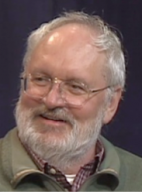
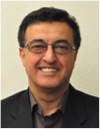
Mory Gharib is the Hans W. Liepmann Professor of Aeronautics and Professor of Bioinspired Engineering specializing in Hydro and aerodynamics, biological flows, bio-inspired medical devices, and advanced flow visualization techniques.
He received his B.S. degree in Mechanical Engineering from Tehran University (1975) and then pursued his graduate studies at Syracuse University (M.S., 1978, Aerospace and Mechanical Engineering) and Caltech (Ph.D., 1983, Aeronautics). After two years as a senior scientist at the Jet Propulsion Laboratory (NASA/CIT), he joined the faculty of the Applied Mechanics and Engineering Sciences Department at UCSD in 1985. He became a full professor of fluid mechanics in 1992 and, in January 1993, he joined Caltech as a professor of aeronautics. Dr. Gharib co-founded the Bioengineering option at Caltech in 2000 and served as its Steering Committee Chairman until June of 2006. Dr. Gharib holds more than 50 U.S. Patents in areas of Biomedical Devices and Imaging Technology. He is a fellow of the American association for the advancement of science (AAAS), and five other professional societies. He has received 5 new technology recognition awards from NASA in the fields of advanced laser imaging and nanotechnology. He was recipient of R&D 100 award for the design of a 3D imaging system in 2008.
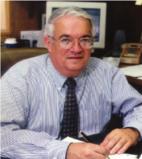
Professor McKoy is a world renowned scientist in the area of Theoretical Chemistry. After receiving his Ph.D. in Chemistry from Yale University in 1964 became faculty at California Institute of Technology. His research interests focus on the interactions of slow electrons with large molecules, and especially biomolecules such as the bases and other constituents of DNA. He uses high-level computational methods and high performance computing to help answer these and related questions in electron-molecule dynamics. A key feature of this effort has been the development of highly scalable strategies and algorithms which make it possible to exploit large parallel systems in such studies. He is a Fellow of the American Physical Society and is listed in Who’s Who in America and in American Men of Science. He has been a Fellow of the Alfred P. Sloan and Guggenheim Memorial Foundations and received the Governor-General’s (of Canada) Medal for Academic Excellence (1960).
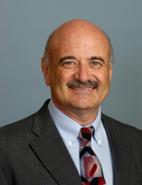
Dr. Sadun began his studies of brain science at M.I.T. and then earned a Ph.D. and an M.D. from the Albert Einstein College of Medicine. His residency and chief residency were at the Massachusetts Eye & Ear Infirmary, Harvard Medical. He completed a clinical fellowship in neuro-ophthalmology at Harvard Medical and then joined the full time faculty at Harvard. In 1984, Dr. Sadun was recruited to join the full-time faculty of the Doheny Eye Institute. His research has centered on the clinical, psychophysical and laboratory studies of diseases of the optic nerve and its connections with the brain. He was the first to identify several optic neuropathies due to systemic diseases such as AIDS and Alzheimer's. In 1993 he was selected and sponsored by the United Nations to lead an investigative team to determine the cause of an epidemic of optic neuropathy in Cuba. Currently, his research is centered on mitochondrial causes of optic neuropathy such as LHON and has developed a unifying theory of these diseases. Dr. Sadun was appointed the inaugural recipient of the Flora L. Thornton Endowed Chair in Vision Research in 2000. Dr. Sadun has been recognized as an international authority in neuro-ophthalmology and especially diseases of the optic nerve. He has received the RPB James Adams Scholar Award in 1990 and the RPB Senior Investigator Award in 1997. In 1999 he received the Lighthouse International Pisart Award, this organization’s highest research prize given annually to one vision scientist or clinician deemed to have made the greatest international contribution against blindness. In 2003 Dr. Sadun received the highest award bestowed by the American Academy of Ophthalmology for education, the Straatsma prize. For his contributions to ophthalmology and the academy, he also received, in 2005, the Senior Honor Award. In 2012, Dr. Sadun received, as a combined prize from two organizations (AAO and NANOS), the William Hoyt Award, the highest honor in Neuro-Ophthalmology. Sadun is the author or co-editor of four books, over 270 peer reviewed articles, and 70 book chapters.

Dirk Schulze-Makuch, is a Professor at Washington State University. His most recent scientific accomplishments are the publication of his book "Life in the Universe: Expectations and Constraints" (Springer Publ., Berlin, 2004) along with many refereed papers in international journals. His research is centered on a broad range of topics with astrobiological relevance. He is the Director of the Laboratory for Astrobiological Investigations & Space Mission Planning.
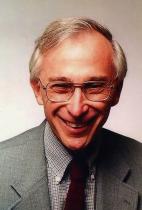
Tom Tombrello received his Ph.D. at Rice before taking positions at Yale and Caltech. Since 2012 he is the Goddard Professor at Caltech. He was the William R. Kenan, Jr. Professor of physics at Caltech from 1997-2011, and served as Chair of the Division of Physics, Mathematics and Astronomy from 1998-2008. Tombrello was Vice President and Director of Research at Schlumberger and has advised the US government and corporations on a broad range of scientific issues. He received a Ph.D. h.c. from Uppsala University. His research interests comprise nuclear and ion beam physics, materials science, surface physics, planetary science, geochemistry, and technology.

Wayne Waller managed the Digital Media Center (DMC) at Caltech and participated in its consulting, production, and teaching activities. Wayne attended UC Berkeley's School of Architecture and during his years there worked as a research coordinator at the Lawrence Radiation Laboratory, first for Luis Alvarez's group and later the Trilling-Goldhaber Research Group (his first indirect connection with Caltech). He went on to a second educational career at UCLA in film production and, eventually, to graduate and post-graduate work in the critical study of media. While on the faculty at USC, Wayne became part of a small group of early experimenters with interactive multimedia computing, eventually leaving to help establish a new software company. The pioneering work of this small firm in the use of the computer in psychotherapy and interpersonal problem-management was later honored by the Smithsonian Institute for software innovation in Medicine (1990). Before coming to Caltech, Wayne also worked extensively as a designer and communications consultant with corporate and institutional clients that included Johnson and Johnson, Harvard University, and numerous companies in the advertising and entertainment industries.



